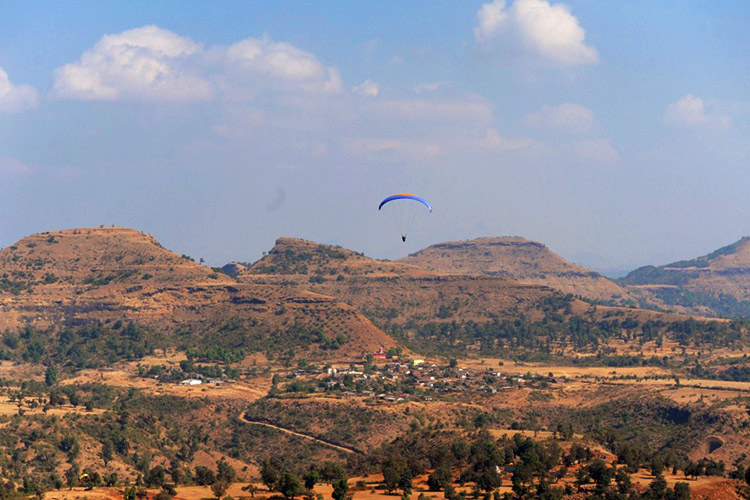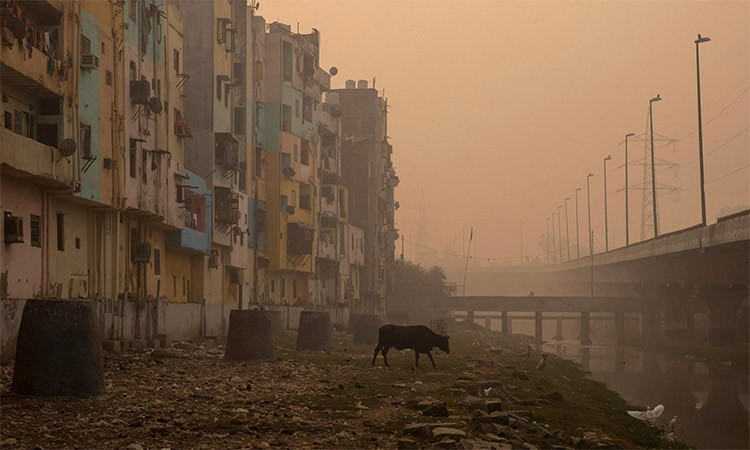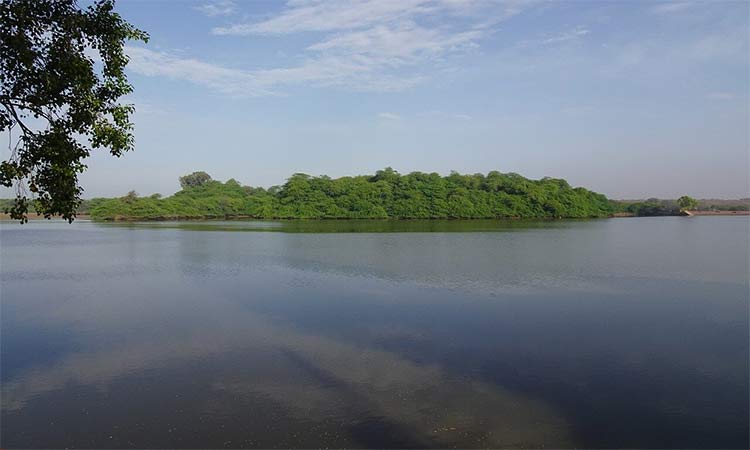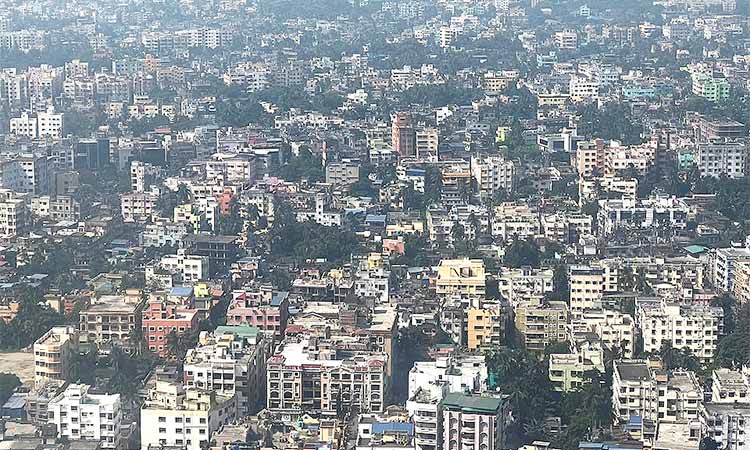Disappearing Aravallis cause for concern

Meena Janardhan
Writer/Editor/Consultant. She has over 25 years of experience in the fields of environmental journalism and publishing.

The photo has been used for illustrative purposes. File/ AFP
Running approximately 692 km in a southwest direction, the Aravalli range start in North India from Delhi and pass through southern Haryana, through to Western India across the states of Rajasthan and ends in Gujarat.
Mount Abu is the highest peak in the mountain range at 5650 feet.
But greed is fast taking over, causing harm not only to the natural landscape but to humans too. Experts say that the destruction of the Aravallis is one of the reasons for rising pollution in north India and the national capital.
The mountain range acts as a barrier to the Thar Desert eating into inhabited areas, facilitates groundwater recharge and houses a variety of biodiversity.
A Comptroller and Auditor General (CAG) of India’s report earlier this year had highlighted that around 9 million tonnes of minerals were excavated illegally in the years between 2011 and 2017.
Several Supreme Court interventions and citizen actions are ongoing as part of efforts to save the Aravallis.
The Supreme Court earlier this year in March came down heavily on the Haryana government for passing amendments to an act which allows construction in Aravalli hills, saying the step will destroy the forest and this cannot be permitted.
A recent Supreme Court order directed the state of Rajasthan to urgently stop illegal mining activity in a very sensitive area of the Aravalli range that had a fragile ecosystem.
Close to a fourth of the hillocks of the range in the state have disappeared due to mining.
The Court ordered the Rajasthan government stop illegal mining activity in a very sensitive area of 115.35 hectares of the Aravalli range.
Judges expressed shock when a court-appointed Central Empowerment Committee (CEC) told them that 31 hill ranges of the Aravallis in Rajasthan had vanished due to illegal quarrying.
The committee also said that illegal mining was prevalent in as many as 15 districts of Rajasthan with the worst affected areas being Alwar, Dungarpur and Sikar.
The CEC informed the bench that the state was earning staggering amounts annually as royalty from mining companies.
The Aravalli mountain range that spans four states — Gujarat, Rajasthan, Haryana and Delhi — was never continuous, but mining and construction activities have torn it apart.
Of 128 hills/hillocks of Alwar district in Rajasthan that were sampled from the total 2,269, it was observed that 31 hills/hillocks have vanished from the time the Survey of India topographic sheets were prepared in 1967-68, says the report.
The gaps were recorded by satellite pictures and verified on the ground.
The report adds that 25 per cent of the Aravalli range has been lost due to illegal mining in Rajasthan since 1967-68 and over 10,300 hectares (ha) have been affected outside the lease boundary in the 15 districts where 80 per cent of the Aravallis are located.
Degradation of Aravallis is also evident in the loss of forest cover. During 1972-75, the Aravalli districts in Rajasthan recorded 10,462 sq. km of area under various categories of forest.
By 1981-84, the forest cover reduced to 6,116 sq. km, says a 2018 report by Delhi-based Rajiv Gandhi Institute for Contemporary Studies (RGICS).
In May 2017, the Wildlife Institute of India (WII) had conducted a survey in 52 sites in the Aravalli range. The report then concluded that “the occupancy estimates are higher in the areas where the habitat covariates such as shrub cover and tree cover are highest.
Forest cover in the study area is very low and only exists in the form of two categories i.e. Open Forest and Scrub.”
The study also revealed that the highways built over wildlife habitats have adversely impacted the fauna in these forests. It cites numerous examples of public intolerance towards wildlife, which only appears to be getting worse.
Recently over 300 people unite to raise awareness about the need to save the Aravallis and to protest against a proposed amendment to the Punjab Land Preservation Act.
It is feared that this proposition will destroy over 60,000 acres of forest land, which is 50 per cent of the entire Aravalli Range in south Haryana-estimated to be about 1,25,000 acres-in the districts of Gurugram, Faridabad, Nuh, Mehendargarh and Rewari.







